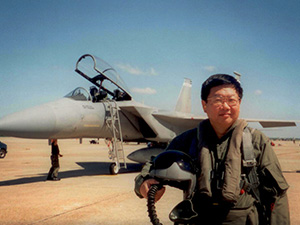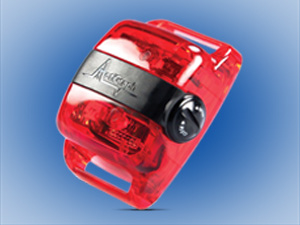Recognizing opportunities is the key to success. Big ideas usually grow from recognizing a need, a limitation, or a failing solution. This is one of the reoccurring themes throughout my book, Guardians of the Dream.
As I was struggling to get my first company off the ground, someone suggested I attend a vendor’s conference. I paid $200 to get a little booth, and Maggie and I manned it. While we were there, I accidentally overheard a conversation between two McDonnell Douglas engineers. They were discussing a big problem with the relay module for the A-12, which was a new navy fighter jet. In the design, they had put all the relays in one small panel, and that was not feasible because if a single bullet hit that panel, the whole plane was gone. They were quite worried about the flaw.
I got up my nerve and walked over and introduced myself to the head engineer. I shook his hand and gave him my card and told him a little about my business. I didn’t say I’d overheard them discussing the relay panel. But when I got home, I wrote him a letter saying I had a solution.
It was quite simple, actually. Instead of putting all the relays in one panel, I suggested making 25 relay module assemblies and spreading them out. That way, if one panel were hit, it wouldn’t bring down the plane. He wrote back and said he liked my idea. Could I build a prototype? Of course!
We got on the phone and started discussing the details. He asked, “How much will it cost for you to build me five different sets?” I did a quick calculation. “Probably about $2,000 each, so $10,000.”
He started laughing. “You don’t understand,” he said. “We are McDonnell Douglas. We can’t do contracts for anything less than $50,000.”
I didn’t know. I had no idea how to negotiate as a small business with such a big contractor. So I said, “OK, I’ll build you more of them.” That’s how I got started with McDonnell Douglas. As an entrepreneur, taking a bold approach to opportunities can open doors. Six years later, our relay module assembly was on every McDonnell Douglas fighter jet.


